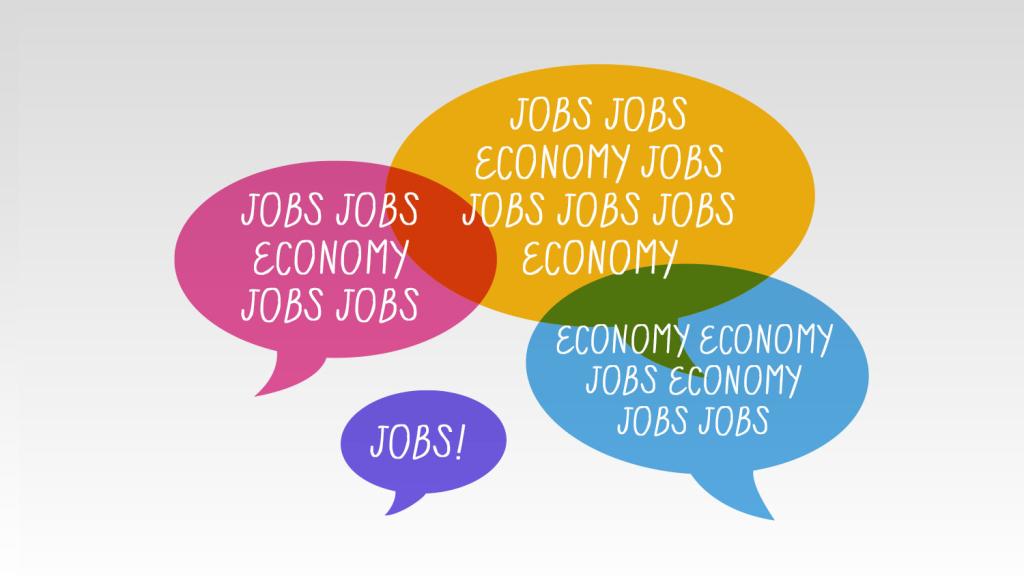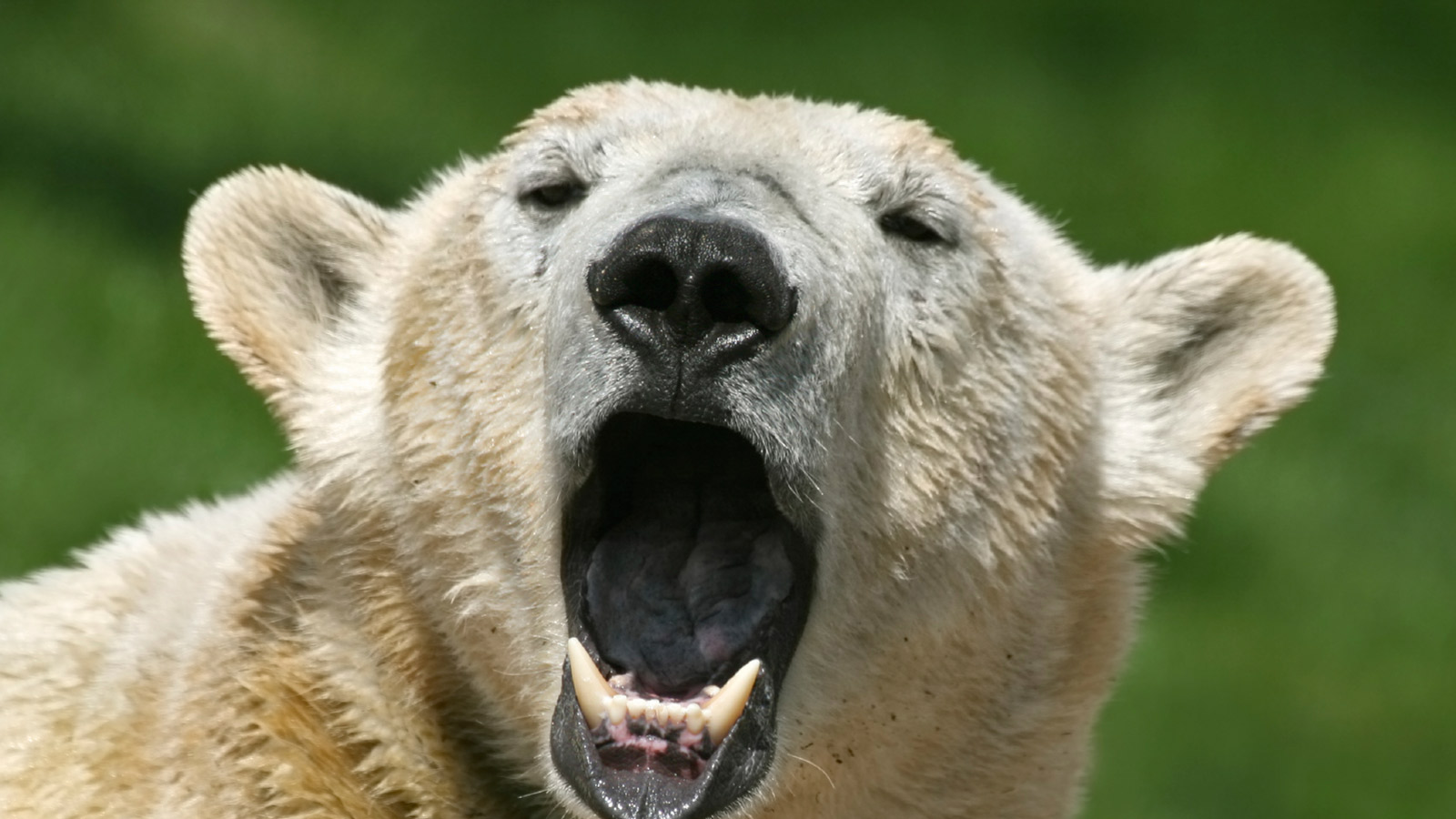Yeah, yeah, climate change is about people not polar bears, but it’s also a little bit about polar bears. They’re big, fluffy, charismatic mammals whose way of life relies on dwindling Arctic sea ice, after all.
But it turns out the big bears are in more trouble than we thought, according to a new study by the USGS. By 2025, a third of the world’s polar bears will be in imminent danger from climate change. You guessed it — welcome back to Spoiler Alerts: Where climate change gets personal, by killing all your favorite things one at a time.
I don’t know how you feel about Arctic predators, but they are certainly a few of my favorite things. From the Associated Press:
The scientific models attempted to predict the effects on polar bear populations under two scenarios: one in which greenhouse gas emissions stabilized, and the other in which they continued unabated.
Under either scenario, the bears in the Alaska, Russia and Norway group — with an estimated population of about 8,500 — would start to be affected in either 2025 or 2030, said lead author Todd Atwood, an Alaska-based USGS research wildlife biologist.
He said the main reason is this part of the Arctic has suffered some of the most dramatic declines in summer sea ice.
What’s so special about ice, anyway? Oh, only everything:
Polar bears feed primarily on seals and use sea ice for feeding, mating and giving birth. When the sea ice retreats in the summer, polar bears are forced to land. A study earlier this year found the land-based food would not help a polar bear adapt to the loss of sea ice. The Office of Naval Research said the past eight years have had the eight lowest amounts of summer sea ice on record.
“Polar bears are in big trouble,” said Rebecca Noblin, Alaska director for the Center for Biological Diversity. “There are other steps we can take to slow the decline of polar bears, but in the long run, the only way to save polar bears in the Arctic is to reduce greenhouse gas emissions.”
Hey. That sounds kinda familiar.



